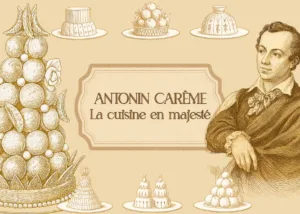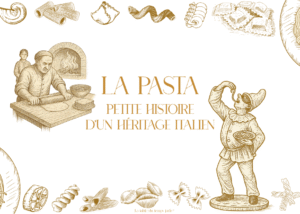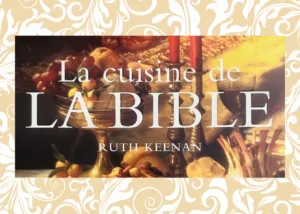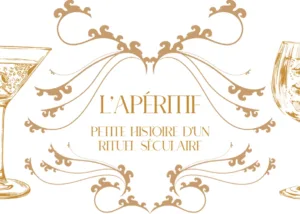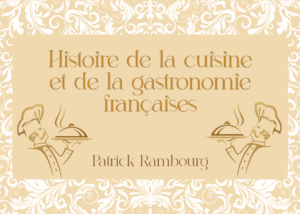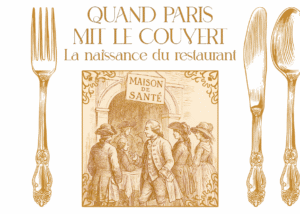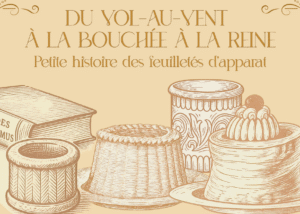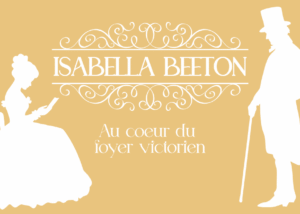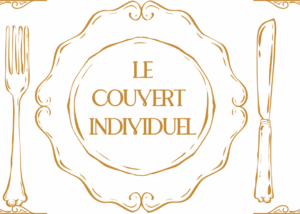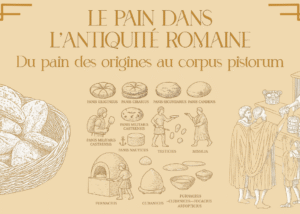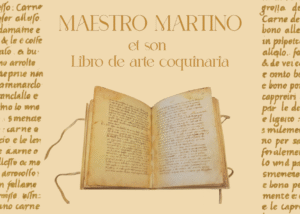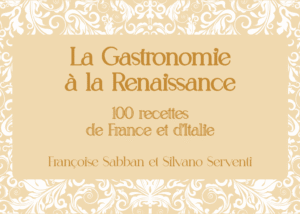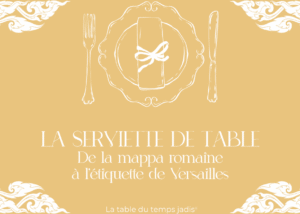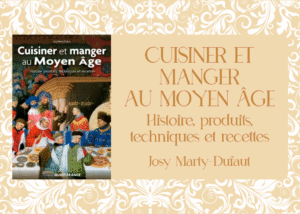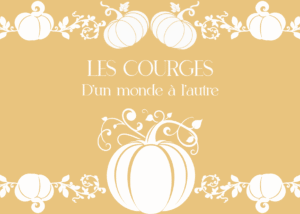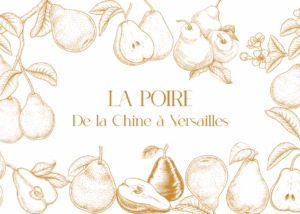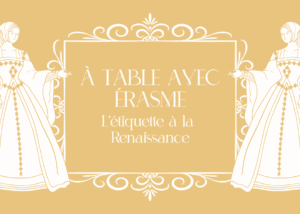Individual cutlery
From the shared dish to the codified table

Today, it seems obvious that everyone has their own cutlery at the table. However, this obvious fact is the result of a slow historical process. The individualization of utensils—knives, spoons, forks—marks a turning point in the way we conceive of meals. This transformation is not limited to practical or hygienic issues: it reflects profound changes in our relationship to the body, food, and society.

The time of the common dish
Until the end of the Middle Ages , meals were a communal activity . People often ate together from shared bowls , placed on a common wooden board. Cutlery , when available, was limited: each person sometimes brought their own knife , while spoons were rare, sometimes placed next to the dishes for serving. Bread served as a support, or even as an individual plate . Fingers were the direct link between people and their food.
This moment of sharing is also a moment of social proximity . Gestures are frank, glances meet, conversations accompany the bites. Eating is about plunging one's hand into a dish, breaking bread, exchanging. The table then reflects a world without distance, where the relationship to the body is direct, assumed, and where collective intimacy prevails over codes.

Aristocratic refinement and changing customs
À partir de la seconde moitié du XVIᵉ siècle, la table des élites commence à évoluer. Dans les cours princières et aristocratiques, la multiplication des mets et l’intensification des règles de bienséance favorisent la spécialisation des ustensiles. Ces convives privilégiés disposent désormais de leur propre couvert, avec cuillère, fourchette à trois dents, et parfois plusieurs couteaux selon les mets servis. La pratique s’établit d’abord lors des banquets de représentation, où les couverts deviennent un marqueur de rang.
But this change goes beyond the question of status. It accompanies a new way of conceiving civility : we learn to control our gestures , to contain our bodies, to eat without making noise. The table becomes a theater of self-control . This individualization of gestures is expressed in the very form of the cutlery : lighter, more elegant, more functional, they call for a restrained posture .

The bourgeoisie takes over the codes
In the 18th century , with the rise of the urban bourgeoisie , these new manners spread beyond aristocratic circles. Treatises on civility multiplied and taught good table manners , especially to children. Having one's own cutlery became a sign of education and respectability .
The meal, once a place of open conviviality, becomes a ritualized and standardized space. This evolution is also made possible by the development of manufacturing production . Workshops, then factories, produce standardized cutlery, accessible to more households. The table becomes a structured domestic space , where each guest has their designated territory : plate, napkin, cutlery, glass... The individual asserts themselves in their place, in their role, in their way of holding themselves .

The invention of a modern ritual
The 19th century marked the triumph of individual cutlery . It became established in all social circles , including the most modest. In schools, boarding houses, military or religious messes , everyone learned to eat “à la française” , with a spoon , fork and knife . The arrangement of cutlery became a universal code , taught , reproduced and transmitted .
Behind this evolution is a change in society : modern individualism is taking shape. At the table, as elsewhere, we learn to think of ourselves as autonomous subjects , endowed with rights , space and responsibilities . Eating with one's own cutlery also means asserting a boundary : between oneself and others, between the private and the public. It means refusing the common dish distanced , more civilized meal – more "modern ," one might say.
.
The history of individual cutlery is one of slow separation : from the collective hand to the personal gesture , from the shared dish to the ordered plate . Much more than a matter of utensils, it is an entire vision of the world that is changing. The meal becomes a regulated ritual, a staging of the civilized self.
In this, the individualization of cutlery tells the story of the emergence of a new relationship with the other , with the body and with society – even in our most everyday gestures .

Find other blog articles
Find other blog articles





